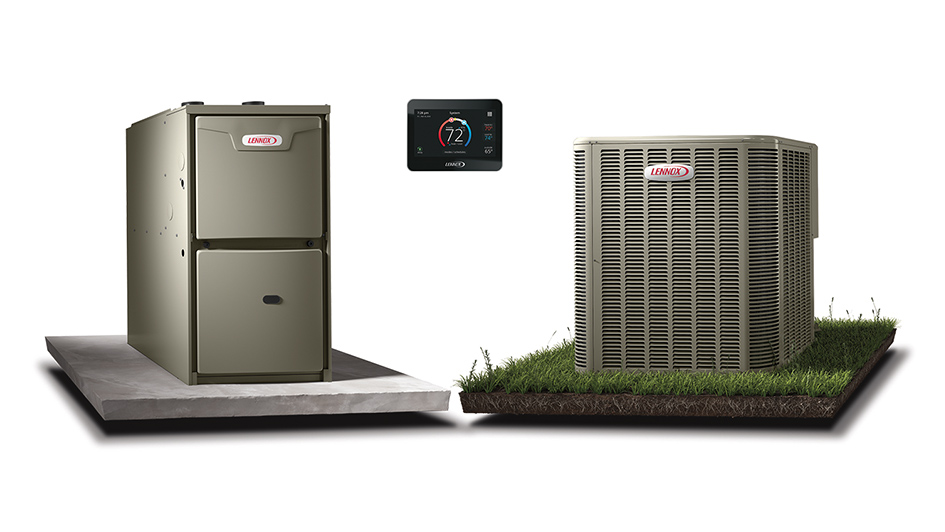
The concept of using both a furnace and heat pump can seem somewhat strange at first. After all, why should you need two sources of heat? Although furnaces and heat pumps both deliver energy-efficient heat, the differences in their design actually make employing both of them a viable option. It’s not for all of us, but in the right conditions you could definitely benefit from owning a furnace and a heat pump.
You should weigh several factors in order to decide if this kind of setup works for you. Your local climate and the square footage of your home are both especially important, namely for the heat pump. This is because numerous models of heat pumps will run less efficiently in cooler weather and larger homes. Even so, you can still take advantage of heat pump installation in Genoa.
Heat Pumps Can Be Less Effective in Cold Weather
Heat pumps are commonly less effective in colder weather due to how they provide climate control in the first place. Unlike furnaces, which ignite fuel to create heat, a heat pump reverses its flow of refrigerant to draw heat from outdoor air. This heat is then brought inside and distributed throughout your home. Assuming there is still some heat energy in the air, a heat pump should function. But the colder the temperature, the less effective this process is.
The less heat energy is accessible outside, the more effort is required for a heat pump to draw heat indoors to maintain your ideal temperature. It can depend on the exact make and model, but heat pumps can start to lose out on efficiency at temperatures of 40 degrees and colder. They can still be an energy-efficient option until 20-25 degrees, at which a gas furnace should be more effective.
What Temperatures Do Heat Pumps Work Best In?
Heat pumps function best in moderate climates 40 degrees and up. Having said that, you don’t have to sacrifice the benefits of a heat pump just because the local climate is cold. As a matter of fact, that’s why installing both a furnace and heat pump may be worth the costs. You can use the heat pump for energy-efficient heat until the weather is chilly enough to warrant shifting to something like a gas furnace.
Certain makes and models claim greater performance in cooler weather. For example, the Lennox MLA heat pump is capable of operating at 100% capacity at 0°F. It can even remain efficient in temperatures as extreme as -22°F. For optimum energy efficiency, you’ll likely still want to switch to the furnace in severely cold weather.
So Should I Get a Heat Pump if I Own a Gas Furnace?
If you’re serious about maintaining the most energy-efficient HVAC system possible, owning a heat pump and gas furnace at the same time deserves the investment. Not only is a dual-heating system adaptable, but it provides other perks like:
- Reliable backup heating – A redundant heating system means even if one breaks down, you still have the capability to heat your home. It might not be the most energy efficient, but it’s better than shivering in an unheated home while you hold out for repairs.
- Reduced energy costs – The ability to select which heating system you use based on the highest energy efficiency decreases your total costs. Smaller heating bills over the life of these heaters can really add up to plenty of savings.
- Less strain on both systems – Compared to running one system all winter long, heating responsibilities are split between the furnace and heat pump. Essential parts could last longer given that they’re not under continuous use.
If you’re still unsure about heat pump installation in Genoa, don’t hesitate to contact your local certified technicians. They can review your home’s comfort needs and help you decide if a dual-heating HVAC system is the best option.

